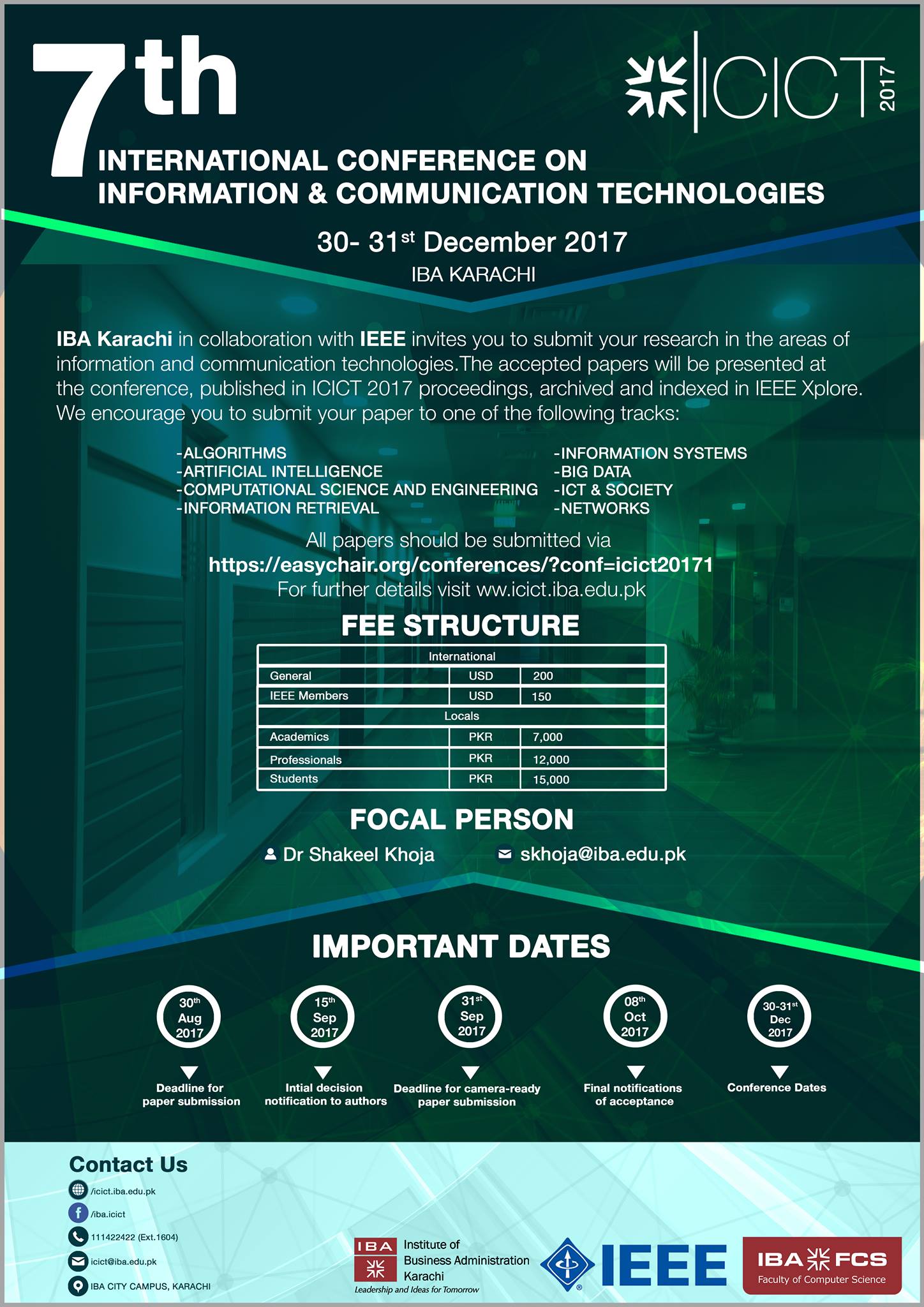Keynote 4: Technology in everyday life: Digital Divide 2.0
Abstract/Description
The theme of this conference this year is very broad. Like "ICT in business", when one thinks about "ICT in everyday life", there are a huge number and variety of topics that come to mind. We can talk about the next smart phone or tablet, the amazing optical capabilities built into them that make everyone of us a photographer of sorts. Or we can discuss how digital music services like Google music and Spotify or video streaming as offered by YouTube and Netflix are affecting our lives. We can talk about smart homes with IP enabled meters and switches increasingly controlled by devices such as Amazon's Echo or Google home. As one IBM executive once told me, the cars of the near future will be commoditized hardware, which sophisticated software turns into powerful machines. The self-driving car is already here.
We can discuss all of this, and such discussion is awfully interesting. But to me, there is one concept that is worth attention amid all of this fast change and excitement. Technologic change has always been there since the early days of the mankind, but what makes our times outstanding is the fast pace with which we need to adapt to it. What that brings are paradigm shifts that used to be observed between generations now being experienced over and over again within one generation. We are talking about digital natives and the rest of us who can still remember when we used to watch 20 inch CRT TVs without a remote control, let alone a touch screen! It is fascinating to observe and having to deal with what these differences does to our discourse between generations in the society. I want to call this digital divide 2.0. In contrast to the digital divide between "haves" and "have nots", this is the divide between people growing up with advanced technologies and those who can remember life without them. But there is more to it. Every time a drastically new technological paradigm emerges in our lives, we experience a mini generation gap. Children who are born today are virtually a different generation than today's 10 year olds. This is a complex phenomenon, and in this talk I would like to make an attempt in covering some of its implications in areas like education, consumerism, and dissemination of information that I have first-hand observations in.
Keywords
Location
JS Auditorium
Session Theme
Keynote Session II
Session Type
Keynote Speech
Start Date
31-12-2017 9:00 AM
End Date
31-12-2017 9:45 AM
Recommended Citation
Turetken, D. (2017). Keynote 4: Technology in everyday life: Digital Divide 2.0. International Conference on Information and Communication Technologies. Retrieved from https://ir.iba.edu.pk/icict/2017/2017/41
COinS
Keynote 4: Technology in everyday life: Digital Divide 2.0
JS Auditorium
The theme of this conference this year is very broad. Like "ICT in business", when one thinks about "ICT in everyday life", there are a huge number and variety of topics that come to mind. We can talk about the next smart phone or tablet, the amazing optical capabilities built into them that make everyone of us a photographer of sorts. Or we can discuss how digital music services like Google music and Spotify or video streaming as offered by YouTube and Netflix are affecting our lives. We can talk about smart homes with IP enabled meters and switches increasingly controlled by devices such as Amazon's Echo or Google home. As one IBM executive once told me, the cars of the near future will be commoditized hardware, which sophisticated software turns into powerful machines. The self-driving car is already here.
We can discuss all of this, and such discussion is awfully interesting. But to me, there is one concept that is worth attention amid all of this fast change and excitement. Technologic change has always been there since the early days of the mankind, but what makes our times outstanding is the fast pace with which we need to adapt to it. What that brings are paradigm shifts that used to be observed between generations now being experienced over and over again within one generation. We are talking about digital natives and the rest of us who can still remember when we used to watch 20 inch CRT TVs without a remote control, let alone a touch screen! It is fascinating to observe and having to deal with what these differences does to our discourse between generations in the society. I want to call this digital divide 2.0. In contrast to the digital divide between "haves" and "have nots", this is the divide between people growing up with advanced technologies and those who can remember life without them. But there is more to it. Every time a drastically new technological paradigm emerges in our lives, we experience a mini generation gap. Children who are born today are virtually a different generation than today's 10 year olds. This is a complex phenomenon, and in this talk I would like to make an attempt in covering some of its implications in areas like education, consumerism, and dissemination of information that I have first-hand observations in.


